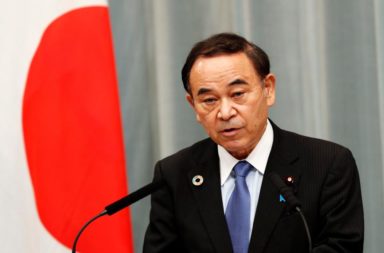In the major development, Singapore announced that it would plant a million trees by 2030 and develop more and better connected green spaces. In August, it announced the launch of the new Sungei Buloh Park Network, a 990-acre park in the northern part of the island intended to serve as a refuelling site for migratory birds and a home for oriental hornbills, otters, saltwater crocodiles and many other species.
This was announced by Desmond Lee, Second Minister for National Development in Parliament at the Ministry of National Development’s Committee of Supply (COS) debate. Sungei Buloh is part of a wider project that aims to plant 1 million trees over the next 10 years as the government tries to improve habitat quality for the city-state’s wildlife while improving living conditions for its human residents.
Despite Singapore having a small area of mangroves, they hold huge biodiversity; in the US, they have three species of mangrove plants, while there are 35 in Singapore. They are also excellent at preventing soil erosion sequestering carbon; research indicates that pound for pound, mangroves can sequester far more carbon than rainforests.
The country has experienced intense development and expansion; it lost much of its primary forest in the 19th century to logging and a century later, trees were removed for land reclamation and to build reservoirs for water security. This affected the region’s mangroves. In 1953, Singapore’s mangrove forests covered 63.4sq km; in 2018, this was reduced to 8.1 sq km- a loss of more than 87%.
Singapore has long been torn between urban development and protecting nature. It lost much of its primary forest in the 19th century to logging, then a century later, a fast-growing population and rapid urban development meant that trees were removed for land reclamation and to build reservoirs for water security. This expansion has taken a big toll on the region’s mangroves. In 1953, Singapore’s mangrove forests covered an estimated 63.4 square kilometres (24.5 square miles); by 2018, researchers estimate that number had been reduced to 8.1 km2 (3.1 mi2) — a loss of more than 87%. The country is now working to replace its losses by turning areas used for industry and infrastructure back into natural-looking landscapes. The National Parks Board (NParks) has already had some success with this, converting a brutalist stormwater canal that ran through a residential area into a natural grassy floodplain to cope with urban water runoff, and reestablishing the Sungei Api Api and Pulau Semakau mangroves.
Singapore is now working to undo this damage through its “One Million Trees” project. So far, the National parks Board (NParks) of Singapore has reestablished two mangrove sites and turned a stormwater canal into a natural grassy floodplain. The One Million Trees project involves restoration of both inland and mangrove forests. At the time of publication, 51 819 trees have been planted. The goal of the project is for all Singaporeans to be a 10-minute walk from a park. The government is also hoping that it will mitigate the “heat island effect” created by infrastructure, which absorbs and radiate solar radiation and increases the temperature of Singapore’s inner city.





